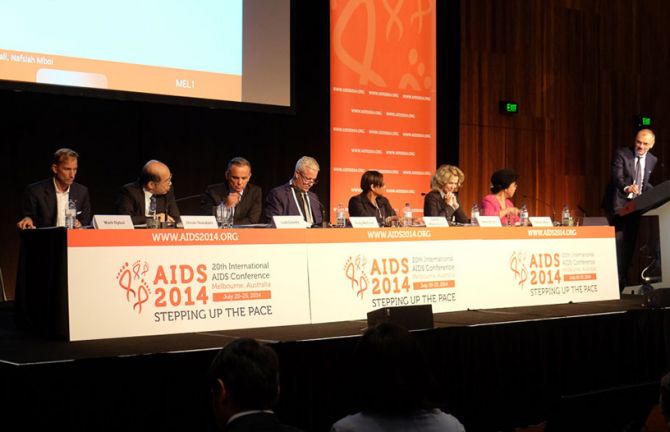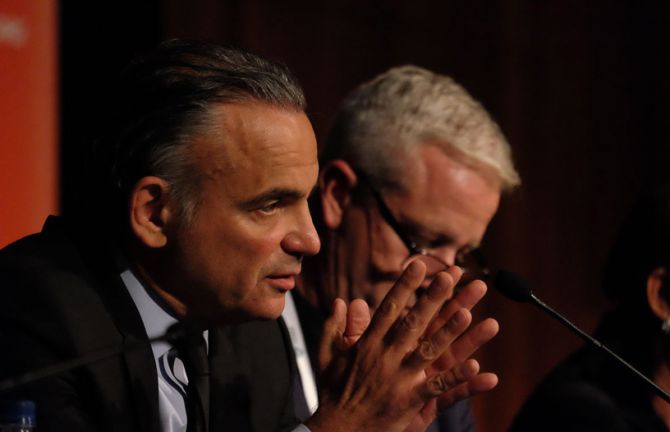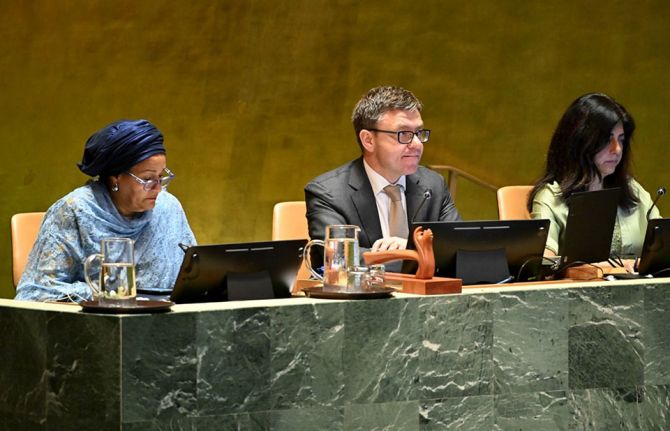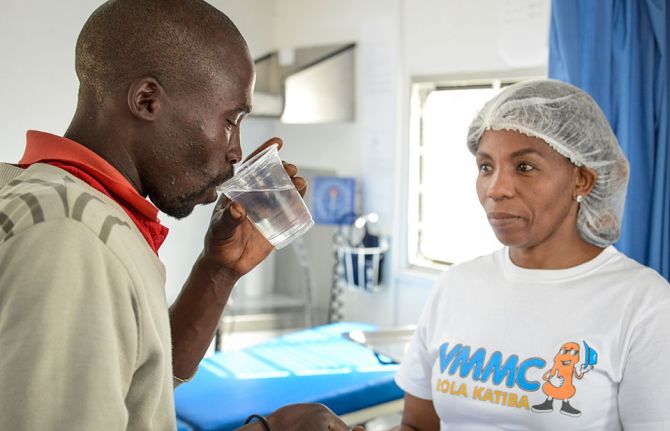

The Global Health Sector Strategy on HIV/AIDS 2011–2015, adopted by World Health Organization Member States in 2011, provides an ambitious framework for the health sector response to HIV.

The Global Health Sector Strategy on HIV/AIDS 2011–2015, adopted by World Health Organization Member States in 2011, provides an ambitious framework for the health sector response to HIV.
Update
Taking the pulse: WHO global update on the HIV health sector response
20 July 2014
20 July 2014 20 July 2014The Global Health Sector Strategy on HIV/AIDS 2011–2015, adopted by World Health Organization Member States in 2011, provides an ambitious framework for the health sector response to HIV. As the 2015 deadline approaches, what has been achieved so far? This critical question was addressed during a high-level session at the International AIDS Conference in Melbourne, Australia.
The participants recognized the huge progress made in the response to HIV in the past three years: the numbers of new HIV infections and AIDS-related deaths have fallen faster than ever before and there has been a dramatic growth in HIV treatment coverage, alongside great strides made in the elimination of mother-to-child transmission of HIV. Service quality and broader health outcomes were said to have improved following new and innovative policies and guidance on HIV prevention, diagnosis and treatment.
Examples of advances were provided from a number of countries, including Viet Nam, which is spearheading a significant treatment scale-up, and Zimbabwe, seen as a major success story in expanding access to elimination of mother-to-child HIV transmission services.
However, it was acknowledged that considerable challenges remain, such as low treatment coverage in some regions, too few people knowing their HIV status, too many presenting for testing and treatment at a very late stage, and key populations not having access to the services they need.
During a closing discussion, civil society and development partners explored how to tackle the challenges that remain and build on hard-won achievements to ensure that the AIDS response is effective, equitable and leaves no one behind.
Quotes
"We need to transform global goals into clear targets that make sense to people and communities."
"We cannot be isolated. We have to be integrated into other health issues to achieve greater outcomes."



